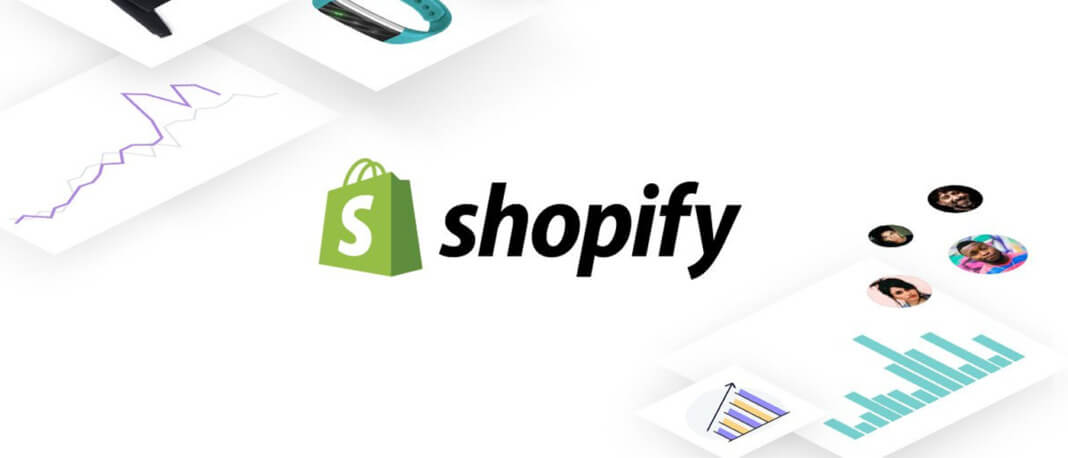Omnichannel has always been a topic of discussion in the retail industry, and it has been vaguely synonymous with digital transformation. However, currently, there has been more urgency, as all traditional merchants have to place more emphasis on e-commerce, technology, and integrated online and offline experiences during the pandemic.
The parallel moves by Shopify and Yelp
These two developments in small businesses illustrate the omnichannel clearly. Yelp has enhanced several features to help business owners, and Shopify has launched an updated POS (point- of-scale) system for the post-COVID retail landscape.
List of Yelp updates discussed in its blog post
- Virtual service offerings: This feature is an icon on search results that will help businesses provide online services such as tutorials and classes more easily.
- Surfacing takeout, curbside pickup: This feature will help users on the homepage discover restaurants offering takeout more easily as they have enhanced their filters. Soon it will be the same for curbside pickup.
- Yelp Collections: Will offer lists of relevant businesses that are open.
- Yelp Connect: This feature will be communicating updates to consumers of individual businesses.
- Better COVID banners: It is a free feature on business pages that will be communicating critical information.
- New business highlights
- Yelp for Business Improved: It is an improved version of Yelp for business, and it comes with more data for business owners and better UI.
Shopify integrating offline and online sales
Shopify is doing something similar to what Yelp is doing for small businesses who desperately need the help right now.
Shopify introduced an updated POS system that integrates online and offline sales capabilities, payments, and orders into “one unified customer experience.” This new POS has many useful features designed to help merchants serve in-store, online, or curbside customers in a more flexible way. Among the features are app integration, more “actionable insights on store performance and reporting,” as well as a mobile checkout for curbside usage or in-store.
According to Shopify, “merchants who connected their in-store and online sales with Shopify saw a revenue increase by 30% year over year.” It recently added that Shopify had seen a “10-fold increase in retail stores on Shopify adapting to social-distance selling by offering local delivery or buy-online-pickup-in-store.”
Why does it matter?
Local businesses are facing a crisis way worse than in 2008. In fact, the majority of SMBs have only a few months of cash. With that in mind, being able to improve visibility to potential customers or deliver services online can be the difference between failure and survival.
What these announcements are showing is a larger structural shift or acceleration taking place in the market, caused by the COVID-19 pandemic. Offline sales will not necessarily go away, but they are going to get weird in the near future, and the capacity to sell and fulfill online and better integrate offline and online operations (e.g., BOPIS) will separate those who fail to adapt from winners.





